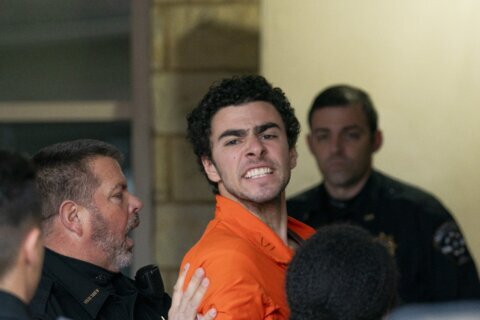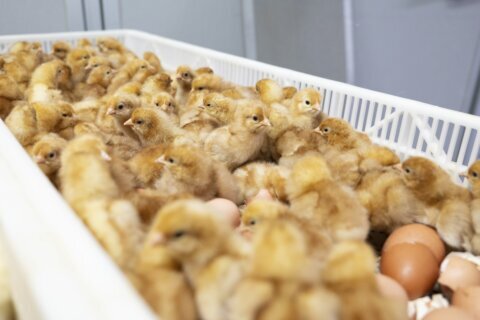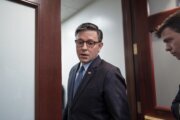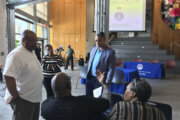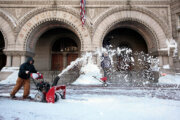CAPE CANAVERAL, Fla. (AP) — What should have been a quick trip to the International Space Station may turn into an eight-month stay for two NASA astronauts if they have to switch from Boeing to SpaceX for a ride home.
There’s lingering uncertainty over the safety of Boeing’s new Starliner capsule, NASA officials said Wednesday, and the space agency is split over the risk. As a result, chances are increasing that test pilots Butch Wilmore and Suni Williams may have to watch from the space station as their Starliner is cut loose to return to Earth empty.
If that happens, NASA would leave behind two of four astronauts from the next SpaceX taxi flight in late September, with the vacant seats set aside for Wilmore and Williams on the return trip next February. The pair expected to be gone just a week or two when they launched June 5 as Starliner’s first crew.
NASA is bringing in additional experts to analyze the thruster failures experienced by Starliner before it docked. At the same time, NASA is looking more closely at SpaceX as a backup,
At this point, “we could take either path,” said Ken Bowersox, NASA’s space operations mission chief.
During a recent meeting, “We heard from a lot of folks that had concern, and the decision was not clear,” he said. A final decision is expected by mid-August.
Boeing issued a brief statement following NASA’s news update, repeating its position that the capsule could still safely bring the astronauts home.
“We still believe in Starliner’s capability and its flight rationale.” the company said.
Boeing will need to modify the capsule’s software in case Starliner ends up returning without a crew.
No serious consideration was given to launching a separate SpaceX flight just to retrieve Wilmore and Williams, according to commercial crew program manager Steve Stich.
Tests on the ground have replicated the thrust problems, pointing to seals as one culprit. But it’s still not understood how or why those seals swell when overheated and then shrink back to the proper size, Stich noted. All but one of the Starliner’s five failed thrusters have since been reactivated in orbit.
These thrusters are essential for allowing Starliner to back away from the space station following undocking, and for keeping the capsule in the proper position for the deorbit.
At the same time, engineers are grappling over helium leaks in Starliner’s propulsion system, crucial for maneuvering. The first leak occurred before liftoff, but was deemed isolated and stable. Then more cropped up in flight.
NASA hired Boeing and SpaceX to ferry astronauts to and from the space station, after the shuttles retired in 2011. SpaceX flew its first crew in 2020. Boeing stumbled on its first test flight without a crew and then fell further behind after a repeat demo.
Officials repeated their desire for a backup taxi service on Wednesday, A situation like this one could happen again, and “that’s why we want multiple vehicles,” Bowersox said.
The next crew flight will be SpaceX’s 10th for NASA. On Tuesday, it was delayed for a month until late September to allow for extra time to figure out how best to handle Starliner’s return. Three NASA astronauts and one Russian are assigned to the flight, and managers on Wednesday declined to say who might be bumped.
___
The Associated Press Health and Science Department receives support from the Howard Hughes Medical Institute’s Science and Educational Media Group. The AP is solely responsible for all content.
Copyright © 2024 The Associated Press. All rights reserved. This material may not be published, broadcast, written or redistributed.

